Day 1 – ISTANBUL / ADANA / ANTIOCH
Upon arrival to Istanbul, we continue to Adana with our connected
flight and drive straight to Tarsus, the birth place of St. Paul. During
St. Paul’s time Tarsus was a university city surpassing Athens and
Alexandria. Cicero was a governor here in 51-50 BC. and the romantic
meeting between Cleopatra and Mark Anthony took place in Tarsus.
Highlights here will be St. Paul’s well and Cleopatra’s Gate. Drive to
Antioch at Orontes for a good night rest
Day 2 – ANTIOCH
Today we journey East to Antioch-on-the- Orontes, Daphne and
Seleucia Pieria. Antioch is thought to have been founded in 300 BC.
First to preach here was St. Peter followed by St. Paul and Barnabas
whose extensive efforts proved to be very fruitful for Christianity.
Incidentally, the word Christians was first coined in Antioch. The
strong and wealthy community of Antioch contributed financially
to the Christian community of Jerusalem. Highlights include the
museum which houses a superb collection of mosaics from Antioch,
Daphne and Seleucia Pieria. St. Peter’s Grotto, the cave church came
to be known as the meeting place of the early Christians. The next
site we will visit is Seleucia Pieria which was the port city of Antioch
in ancient days. The most interesting monument here is the Tunnel
of Titus which is a tremendous canal dug for the purpose of diverting
waters of Orontes river. Another highlight here will be the rock tombs
with their impressive facades pertaining to the Hellenistic period.
Day 3 – ANTIOCH / GAZIANTEP / URFA
After breakfast drive to Gaziantep. Visit of the Archaeology Museum
with its artifacts from Neolithic, Hittite and Roman times. There are
important mosaics from the ancient site of Zeugma (Belkis). Drive to
Urfa. On the way Halfeti boat trip on the Euphrates River. Overnight
in Urfa.
Day 4 – URFA / HARRAN / ADIYAMAN / KAHTA
Today we will visit Urfa, the city of King Abgar the
great is believed to have been the first Christian King.
According to the popular legend, wicked Nimrod
used the columns as a sling to throw Abraham from
the mount. Where he prophet fell springs burst from
the ground to form pool of Abraham. We will visit this
pool full with sacred carps. In a cave here, Job of Urfa
lived 7 years as a pauperized leper. In a village named
Nebiyob, where the tombs of Job, his wife, and the
prophet Elijah are found. Job’s cave has a spring which
restored Job’s health and a pavilion on top. In 460
AD, the bishop here found curative properties in this
spring water and built a hospital nearby. “And after this
Job lived a hundred and forty years, and saw his sons,
his son’s sons, four generations. And Job died, an old
man, and full of days.” (Job 42:16-17). Then We drive
to Haran, “Terah took his son Abram and his grandson
Lot, the son of Haran, and his daughter-in-law Sarai,
Abram’s wife, and went forth together from Ur of the
Chaldeans to go onto the land of Canaan: but when
they came to Haran, they settled there. The days of
Terah were two hundred and five years and Terah died
in Haran. (Gen.11:31-32) Haran is the hometown of
Abraham, the father of faith for Christians, Jews, and
Moslems. God brought him out of Haran as a part of
his plan to convert man’s history of sin (Gen.12:1-2).
Also known as Padan Aram, Haran remained a spiritual
home for Abraham and his descendants. Abraham
found his daughter-in-law at Padan Aram (Gen.24:3-43)
and Isaac also urged his sin to find a wife in this region.
(Gen.28:1-2) Then we drive to Adiyaman city and
overnight in Kahta town near by Nemrud mountain.
Day 5 – KAHTA / NEMRUD / DIYARBAKIR
Today we drive to Nemrud mountain to enjoy the view.
The 2100 m high summit of Nemrud lies in the Antitaurus
range of mountains. On this summit rises a gigantic tumulus
surrounded by terraces and monumental statues which were
created in the 1st BC. It was the place of regular pilgrimages
and rituals during the time of commagene kingdom. This
place is in the list of UNESCO since 1987. On the way back to
Kahta, we will stop to visit Karakus funerary columns coming
from 1st BC. Then stop on the Roman bridge at Cendere. A
single graceful arch carries the road high above the water
from 2nd AD. Nimrod (Nemrud) was a part of Assyrian land
mentioned in Micah 5:6 (Nimrod being an ally of Assur and
Nineveh, Assyria was once called Nimrod (Gen 10:11-12).
“They shall rule the land of Assyria with the sword, and the
land of Nimrud with the drawn sword, and they shall deliver
us from the Assyrians when he comes into our land and
treads within our border.” (Micah 5:6) On the way to Urfa
(Ur&Edessa), we will stop to see one of the largest rock-filled
dam of the world called GAP. The sourse (Firat Nehri) of the
Euphrates, one of the four rivers near Eden. Rev. 16:12-16
states that the Euphrates will dry up and cause a great war.
It is 169 m high. It is built to irrigate Harran, Mardin, Ceylan
pinar plaines. And with its 2400 mw power plant capacity.
We drive to Diyarbakir for the night.
Day 6 – DIYARBAKIR / VAN
On the way to Van, nearest place to the Ararat mountain
range ,we will visit Malabadi bridge from 12th AD. Then we
drive to lake Van to embark our boat to Akdamar island to
visit the monastery to the church of Holy Cross usedby the
Armenian Patriach. Overnight in Van city at an altitude of
1727 m.
Day 7 – VAN / DOGUBEYAZIT
We will start our journey to Mount Ararat. On our way, we
will see Muradiye waterfall, then lunch in Dogubeyazit. After
lunch, we will visit Ishakpasa palace. Then we will change our
bus to mini-buses to continue to the place where it is believed
that Noah’s Ark landed. God said to Noah, “Go forth from the
ark, you and your wife, and your sons and sons’ wives with
you. Bring forth with you every living thing that is with you
of all flesh-birds and animals and every creeping thing that
creeps on the earth-that may breed abundantly on the earth,
and be fruitful and multiply upon the earth.” (Gen.8:15-17) In
the seventh month, on the seventeenth day, the ark rested
on Mt. Ararat. Waters abated and on the first day of the tenth
month, mountain tops were seen.” (Gen.8:4-5) Overnight in
Dogubeyazit.
Day 8 – DOGUBEYAZIT / ERZURUM / TRABZON
Early in the morning, we will check out and drive to Erzurum.
Erzurum is the largest city in Eastern Turkey, sprawls on a high
plateau at an altitude of 1,950 meters. As you enter the city,
the large Aziziye monument commemorating the Turkish Russian
war will catch your eye. The city walls and fortress are
reminiscent of the period of Byzantine rule. Erzurum is known
for copper crafting and its Oltu stone, which is a unique black
stone used to make jewelry and beads. We will visit fine Seljuk
monuments such as the Ulu (Great) Mosque, the Cifte Minareli
Medrese. After lunch in local kebab restaurant drive to Trabzon
city in the Blacksea and overnite.
Day 9 – TRABZON
Today we will visit to the magnificent Sumela Monastery
located high on the cliffs in the Altindere National Park. Two
monks from Athens, Sophronius and uncle Barnabas found the
monastery of Sumelas in AD 368. They followed the guidance
of an icon to a cave in this mountain setting. They believed it
had been painted by the Apostle St. Luke. In the 6th century
the emperor Justinian ordered a silver reliquary made for the
monastery in order to preserve the remains of Barnabas. The
church is covered inside and out with brilliant frescos. Then
we will visit the St. Sophia museum (restored 13th c Byzantine
church with its splendid frescoes). Transfer to the airport our
flight to Istanbul. Transfer to the hotel. Overnight in Istanbul
Day 10 – TRABZON / ISTANBUL / DEPARTURE
Free until transfer time. Transfer to the airport our flight to
Istanbul. Then connection flight to home.



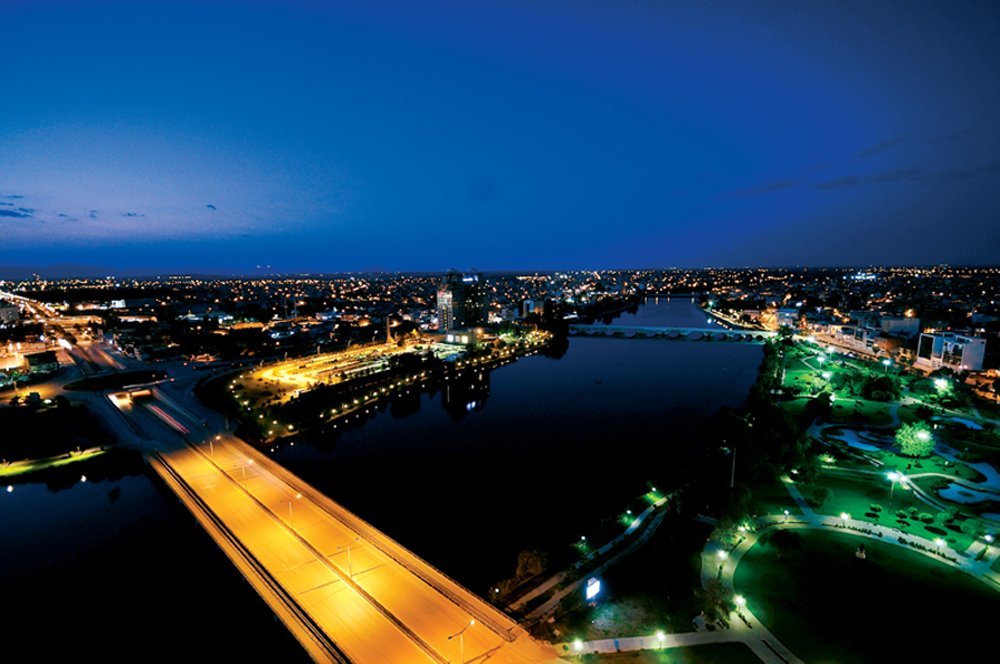



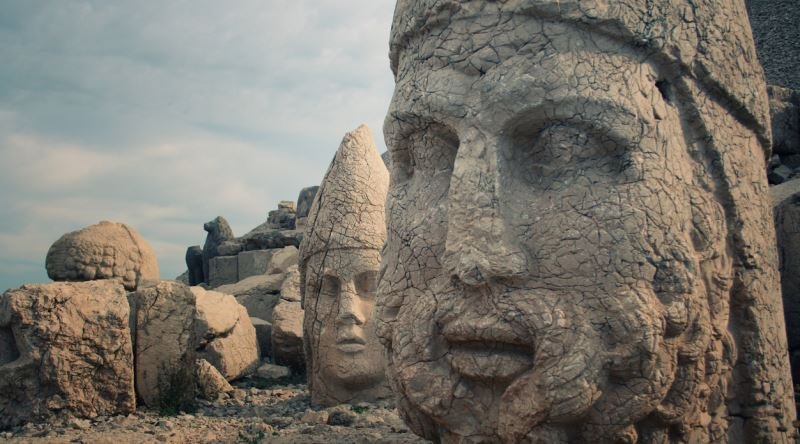




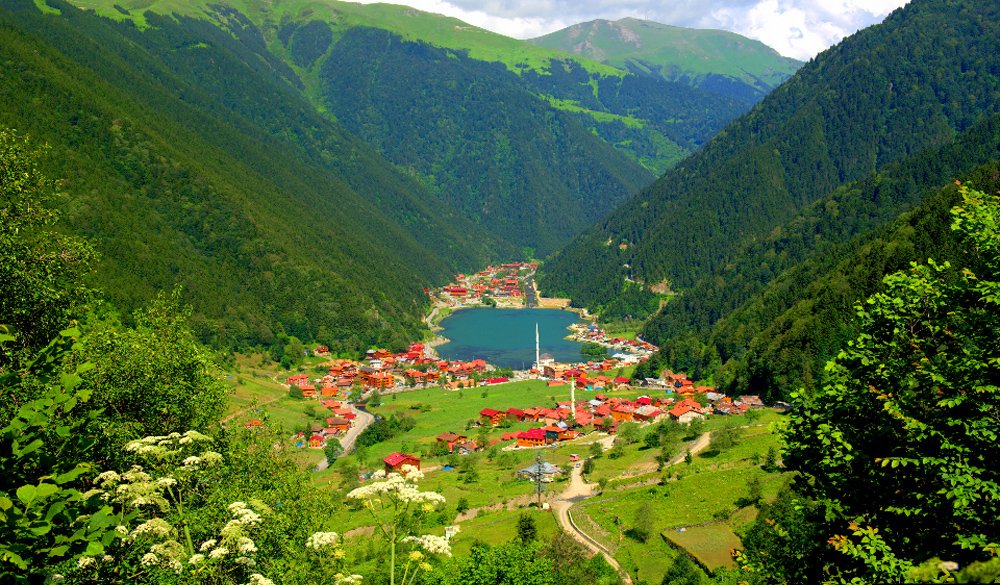
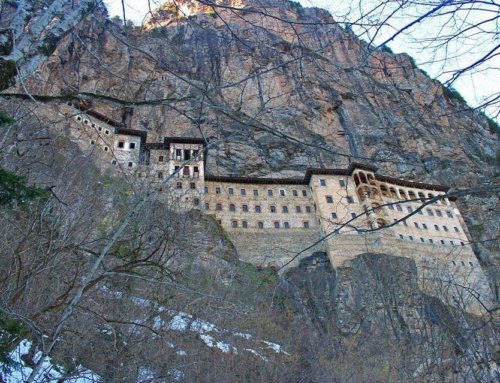


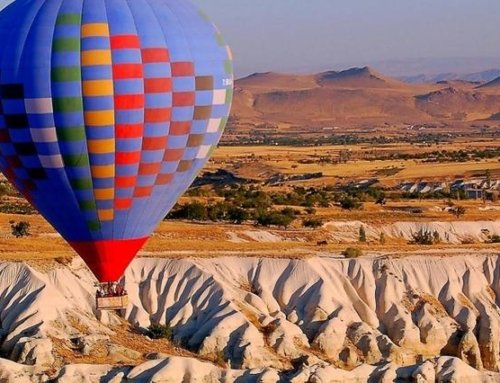
Leave A Comment
You must be logged in to post a comment.